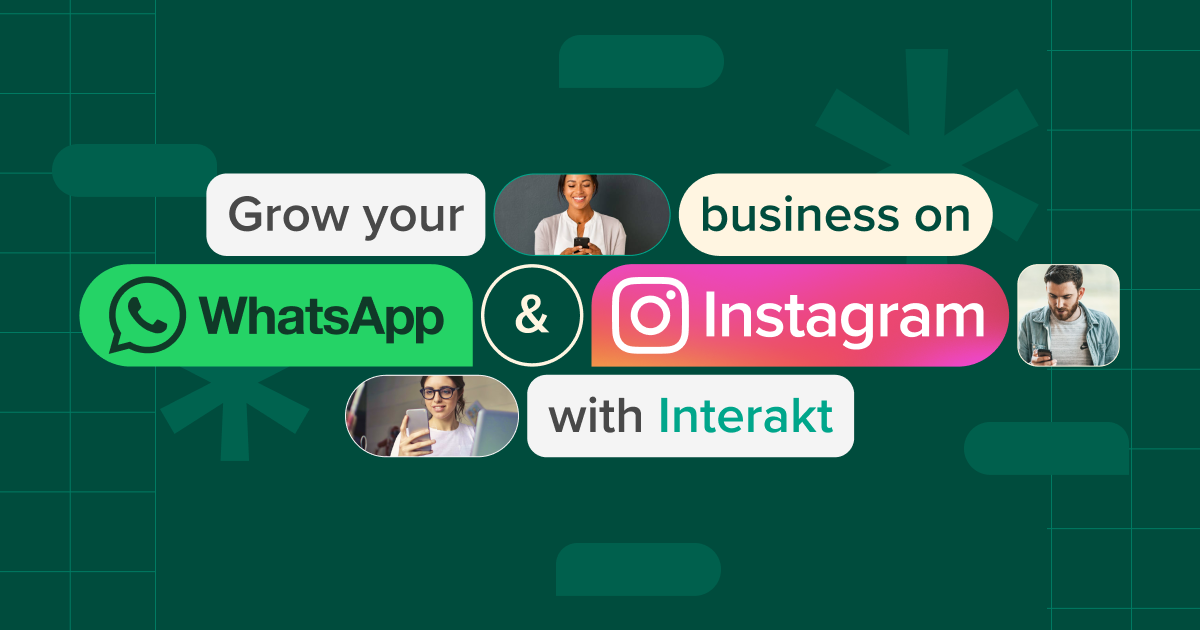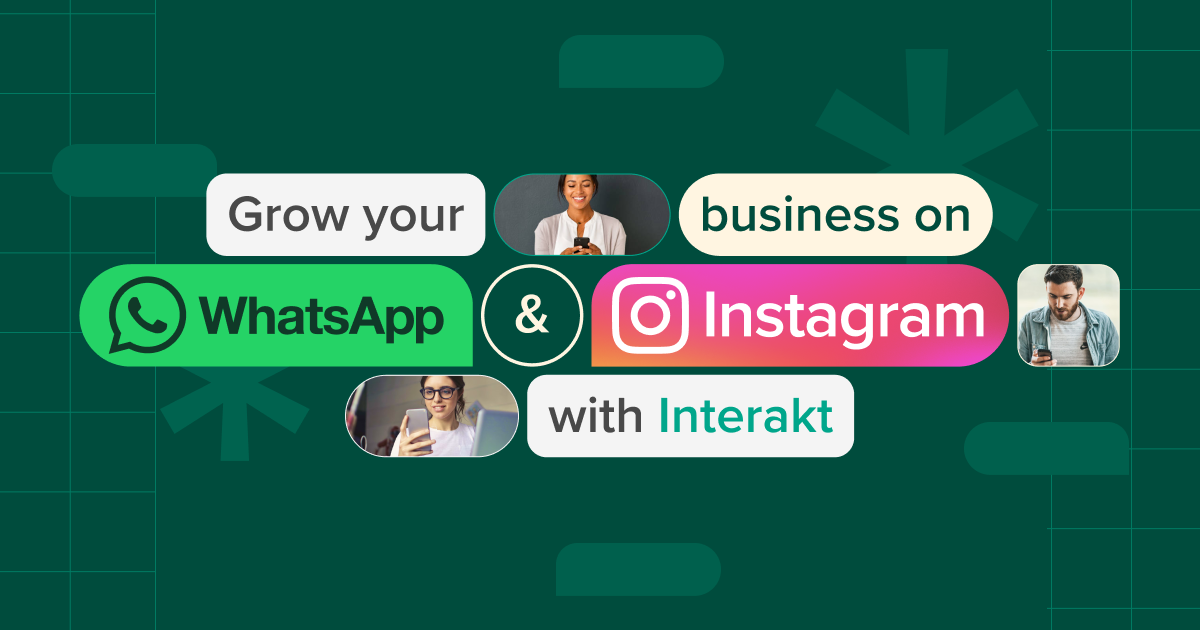In 2025, WhatsApp remains the world’s most powerful platform for conversational commerce and customer engagement. Businesses are no longer asking why they should be on WhatsApp; the real question is how quickly they can set up and scale. That’s where a WhatsApp API Onboarding Checklist comes in.
Whether you’re a small business scaling up or an enterprise migrating from basic WhatsApp Business App to the API, following a structured onboarding process ensures you get verified faster, avoid compliance issues, and unlock the full potential of automation, CRM integrations, and advanced customer engagement.
This guide will walk you through the step-by-step WhatsApp API onboarding checklist for 2025, highlighting requirements, best practices, and tools to make your journey seamless.
Why You Need a WhatsApp API Onboarding Checklist
Jumping into the WhatsApp Business API without preparation can lead to delays, rejected requests, or incomplete setups. A well-structured checklist helps you:
- Avoid mistakes during Meta’s business verification.
- Save time by preparing the required documents upfront.
- Ensure compliance with WhatsApp policies.
- Integrate smoothly with CRM and automation tools.
- Go live faster with messaging campaigns.
Simply put, an onboarding checklist helps you move from planning to execution without the usual roadblocks.
WhatsApp API Onboarding Checklist for 2025
Here’s the step-by-step process every business must follow:
1. Business Prerequisites
Before you even start, ensure you have:
- A legal business name (must match your documentation).
- A website domain that represents your business.
- A business email address (preferably matching your domain).
- A phone number not linked to the WhatsApp app (landline or VoIP can also work).
Pro Tip: Using a number already tied to the WhatsApp Business App requires migration steps, so pick wisely.
2. Meta Business Manager Setup
To access the WhatsApp Business API, you need a Meta Business Manager account:
- Create or log in to Meta Business Manager.
- Verify your business details (name, address, phone number).
- Assign roles for admins who will handle WhatsApp onboarding.
This verification step is critical – without it, your API access will be restricted.
3. Business Verification
Meta requires every WhatsApp API account to be verified. Prepare:
- Business license or GST certificate.
- Utility bills (for address verification).
- Your domain-linked email.
Approval timelines vary but typically take 2–7 days if documents are correct.
4. WhatsApp Business Account (WABA) Creation
Once your Meta Business Manager is verified:
- Create a WhatsApp Business Account (WABA).
- Add your business display name (must match Meta’s guidelines).
- Choose the phone number that will be tied to the API.
5. Phone Number Registration
Register the number with WhatsApp API:
- Ensure the number can receive OTPs (via SMS or voice).
- Once registered, it becomes your official WhatsApp Business API number.
6. Message Templates Approval
The WhatsApp API requires pre-approved templates for outbound communication (e.g., promotions, order updates).
- Draft templates in multiple categories: alerts, reminders, offers.
- Submit them via your provider’s dashboard (e.g., Interakt).
- Wait for Meta’s approval (usually under 24 hours).
Keep them concise, policy-compliant, and customer-friendly to increase approval chances.
7. API Integration or Platform Selection
You can integrate the API directly, but most businesses use official BSPs (Business Solution Providers) like Interakt to save time and effort.
- Direct integration requires developer resources, hosting, and ongoing maintenance.
- Platforms like Interakt offer plug-and-play integration with CRM, payment gateways, and marketing tools, without coding.
This choice determines how quickly you go live.
8. Compliance & Policy Alignment
Meta enforces strict policies. Ensure:
- No spam or bulk messaging without user opt-in.
- Clear opt-in methods (website forms, QR codes, etc.).
- Easy opt-out options for users.
Businesses that violate policies risk account restrictions.
9. Testing & Sandbox Environment
Before launching campaigns:
- Test message delivery.
- Verify API responses.
- Check automation workflows in a sandbox.
This ensures your first campaign runs smoothly.
10. Go Live with Campaigns
Once all steps are complete:
- Launch with low-scale campaigns first.
- Monitor analytics (delivery rates, read receipts, responses).
- Scale gradually while maintaining compliance.
Pro Tips for Smooth Onboarding in 2025
- Document readiness is everything – mismatched details delay verification.
- Pick the right BSP – it saves weeks of dev time.
- Plan templates early – approvals can bottleneck campaigns.
- Test before scaling – avoid failed customer interactions.
Where Interakt Fits in Your Onboarding Journey
While the checklist looks straightforward, many businesses get stuck in verification, integration, or template approval. This is where platforms like Interakt make the difference.
- Prebuilt onboarding flows that simplify verification and setup.
- One dashboard for template submission, campaign management, and CRM integration.
- Quick integration with payment gateways and e-commerce platforms.
- No-code setup, so you can go live in days instead of weeks.
If you want a smoother onboarding experience without worrying about API complexities, Interakt is built for you.
Getting started with WhatsApp Business API doesn’t have to be complicated. By following this WhatsApp API Onboarding Checklist for 2025, you’ll cover every requirement – from verification to integration – and set your business up for scalable growth.
And if you’d like to make the process even smoother, Interakt helps businesses onboard, integrate, and launch WhatsApp campaigns faster – without any technical headaches.
Try Interakt today and simplify your WhatsApp API onboarding journey.

